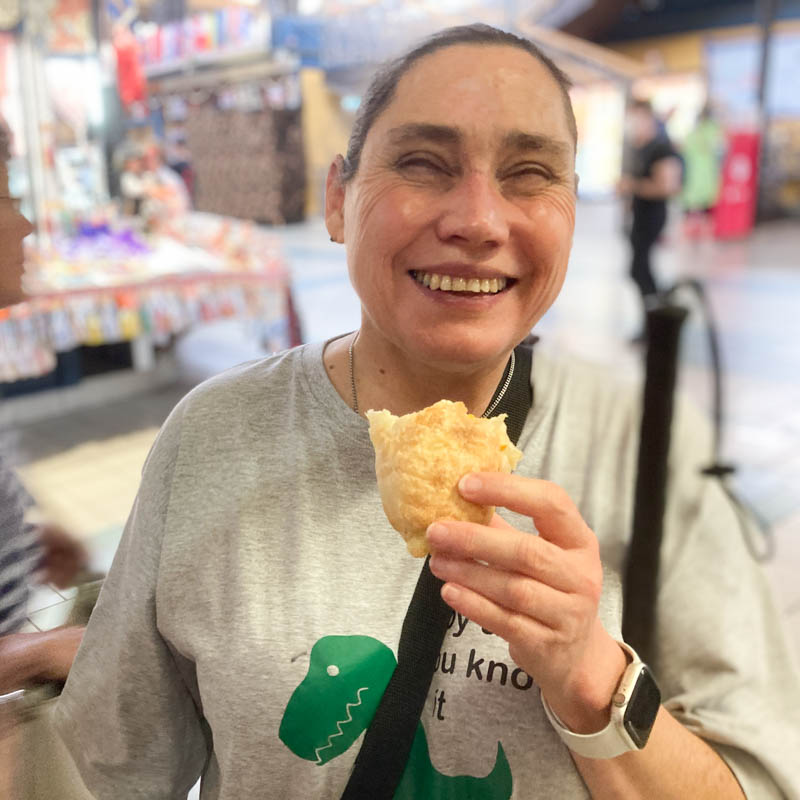I have always loved history. One of my favourite forms of relaxation is to curl up with a book that can teach me something about a time or place that is unfamiliar to me.
With that in mind, it would seem to be a natural extension to assume that I enjoy visiting museums. Because they’re all about history, right? The truth is a little more complicated, because it all depends on whether or not I’m able to experience the museum using senses other than sight.
Let me give you two examples from my recent visit to Europe, from museums in Vienna.
The first is the House of Music. It was a lot of fun, as I got to engage with some of the exhibits. The first thing we did at the museum was to find the wonderful Piano Stairs, which you’ll see, and hear, in the video. I had such fun running up and down the stairs making music. Admittedly, as you’ll see from the video, I couldn’t find a way to play a recognisable tune, nor could I get the notes to harmonise, which is what I was trying to do with my white cane in the video. It may not have been tuneful, but it was so much fun!
There were other interactive installations that I could engage with. My favourites were the opportunity to conduct a full orchestra – virtual, of course – with a choice of several pieces of classical music. It was as much fun listening to other people exploring how different arm movements affected the music as it was to try it out for yourself.
Another set of experiential exhibits were a set of simulations about the experience of listening to sound. In one simulation various sounds were played showing how different breeds of animal would hear them. Another showed how an unborn baby would experience a range of sounds, including laughter, thunder and church bells. And the chance to explore how differently shaped waves create different types of musical notes.
I also got to experience sound showers for the first time and was fascinated as the sound of rain cascaded down from above, then moved two steps and the sound changed to that of birdcalls, then voices from a stage in a large open space, and then on to industrial sounds. The range of sounds was fascinating. As was the fact that so little sound bled across – each sound was almost entirely distinct.
In contrast to the House of Music was a military museum we visited. I’m sure the exhibitions were fascinating to someone with eyesight, but they were almost all behind glass or other types of barriers. So, even though my fingers were itching to explore the cutaway of an Austrian battleship, or to feel the sabers, swords and cutlasses that were displayed, no matter how desperately I wanted to step into the simulation of a WWI trench and feel my way around it, sadly, I could do none of these things. That museum made me feel marginalised and excluded.
In my travels I have had the opportunity of going to some fantastic museums that incorporate different techniques to make heritage come alive to all their visitors. Because the truth is that none of the interactive installations at the House of Music were designed with blind and partially blind people in mind. They were designed to make the museum more immersive for everybody. And they were being enjoyed by all the visitors.
Sadly, inclusive museums are not usual in my home city of Cape Town. We tend to have only museums that hide their exhibits away behind glass. But it seems there is interest in changing that. And I hope to be part of the change.





